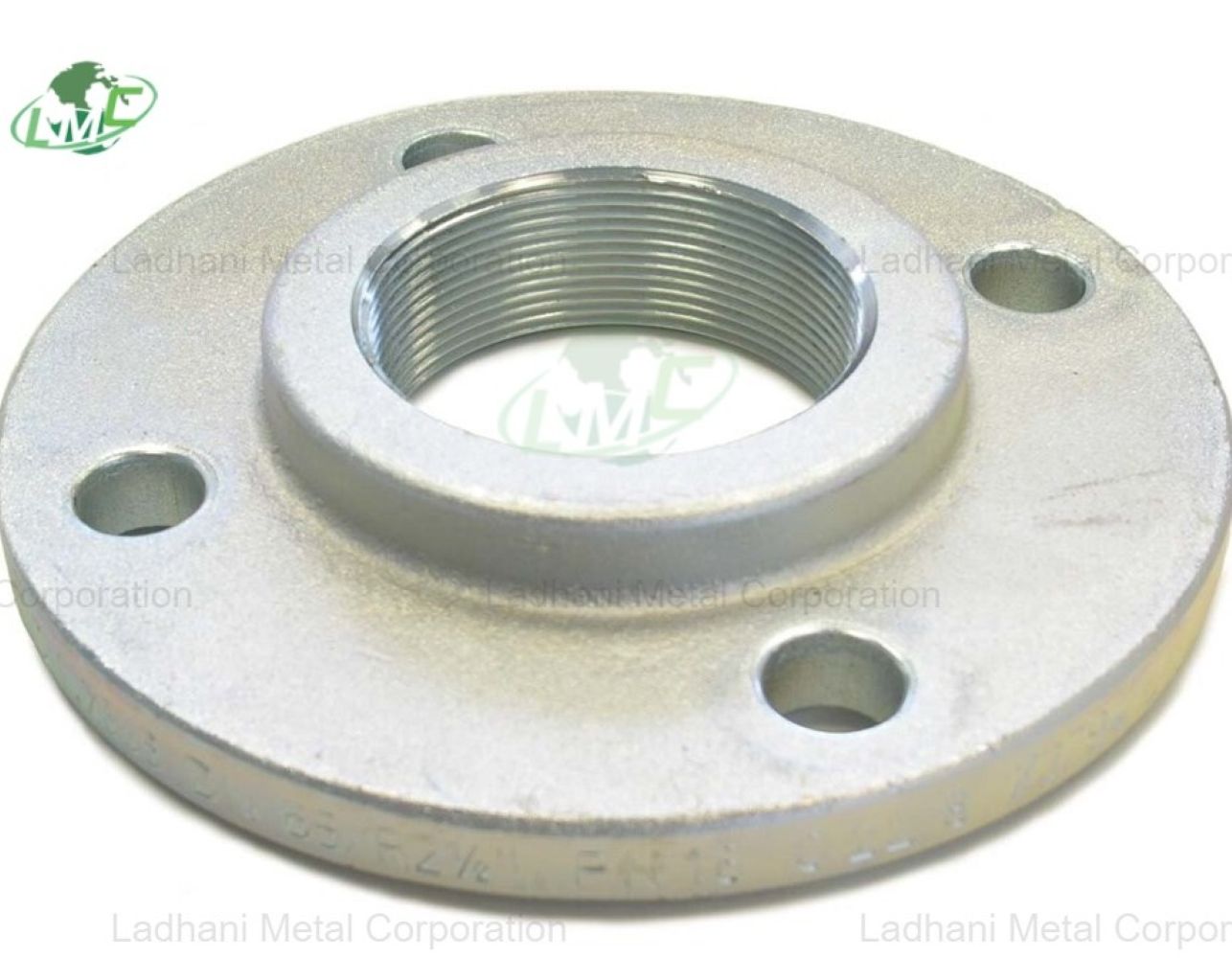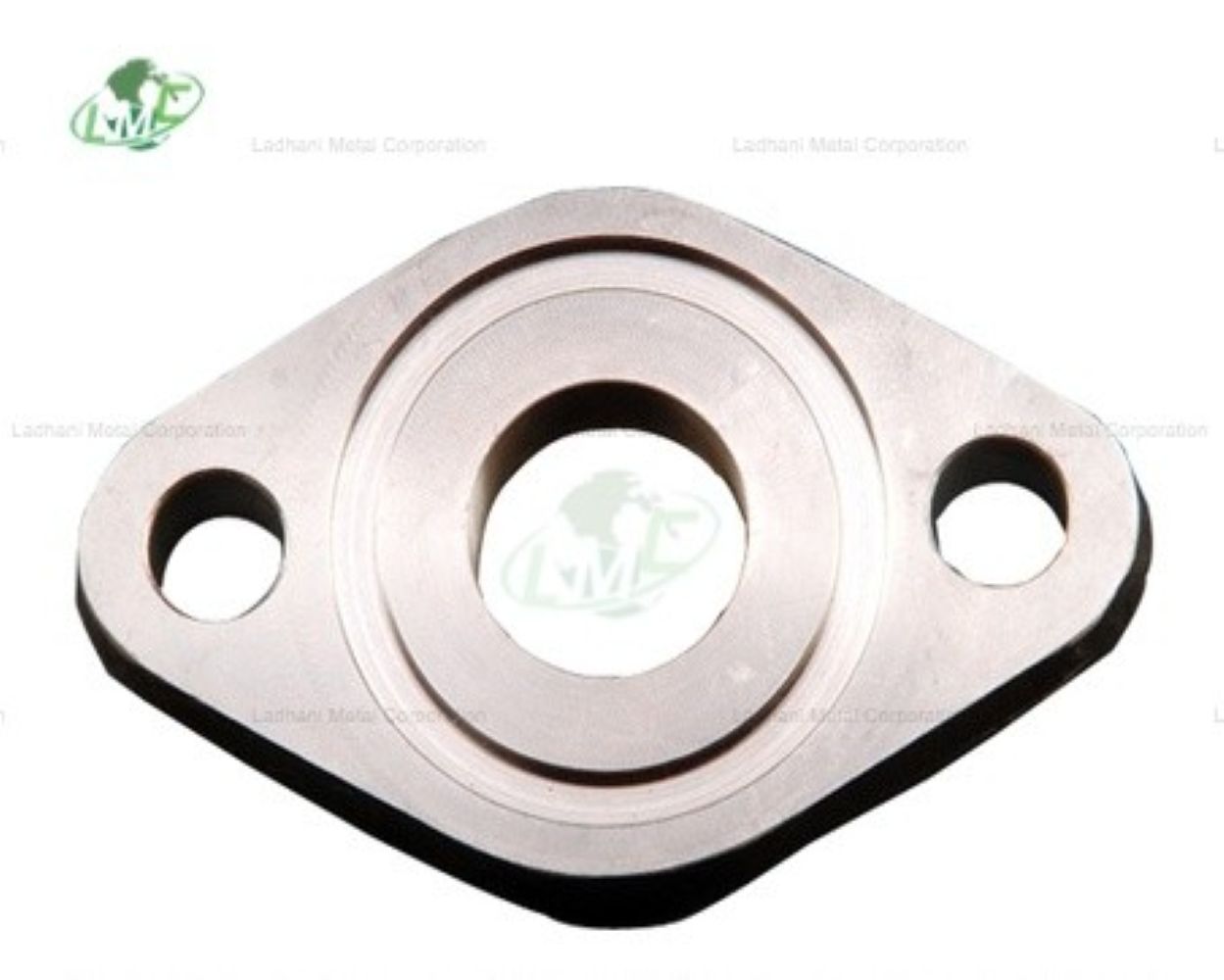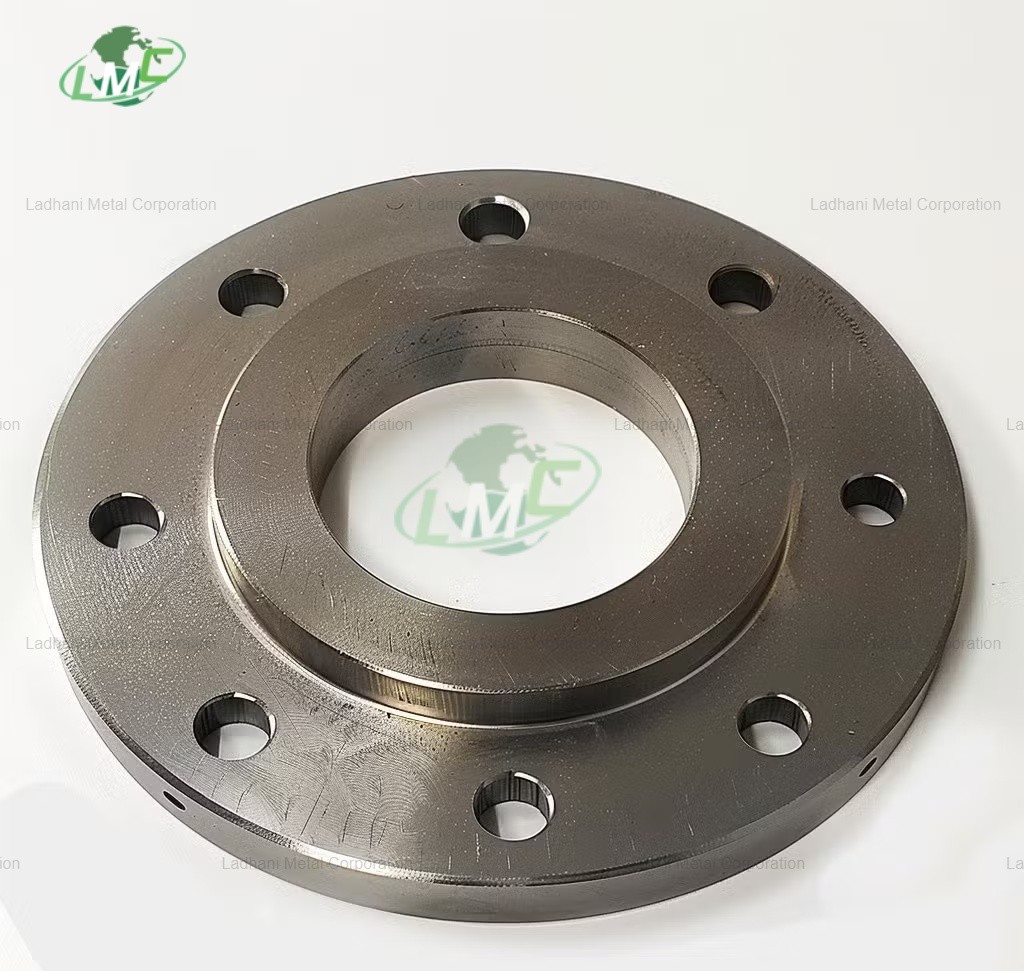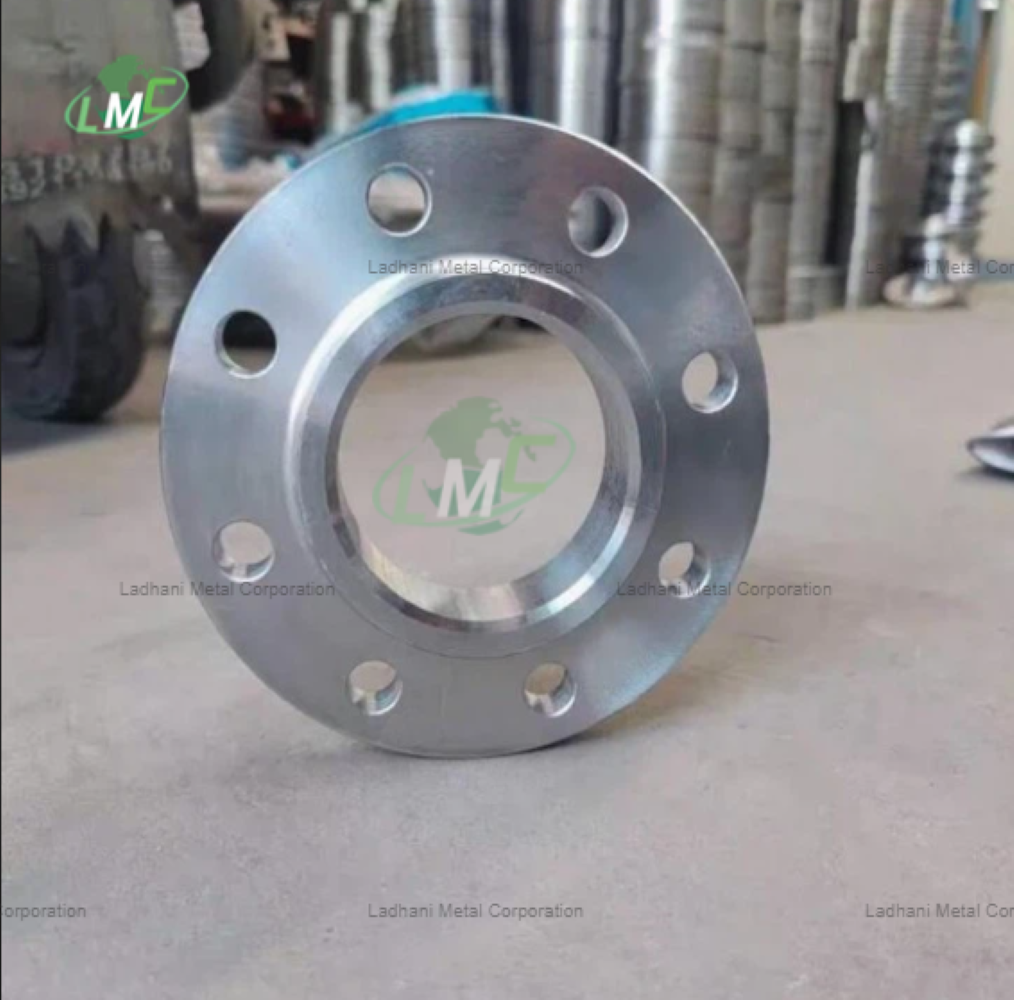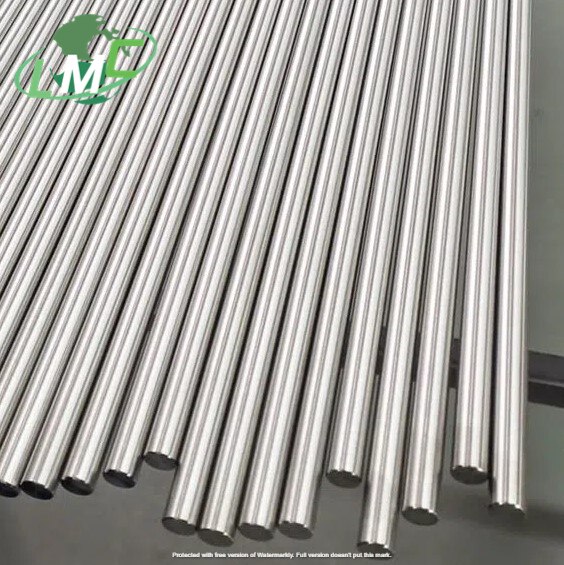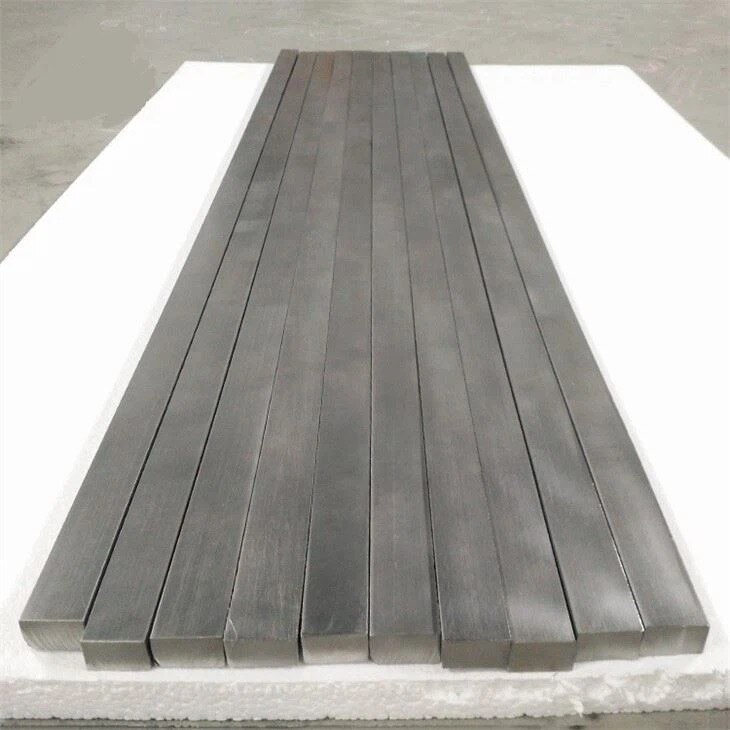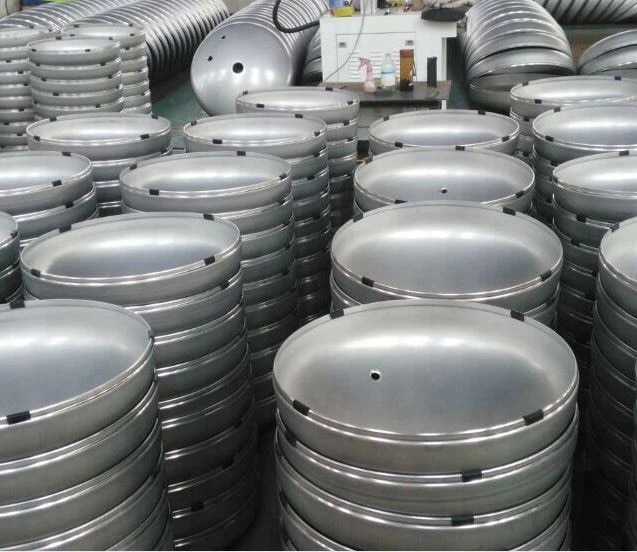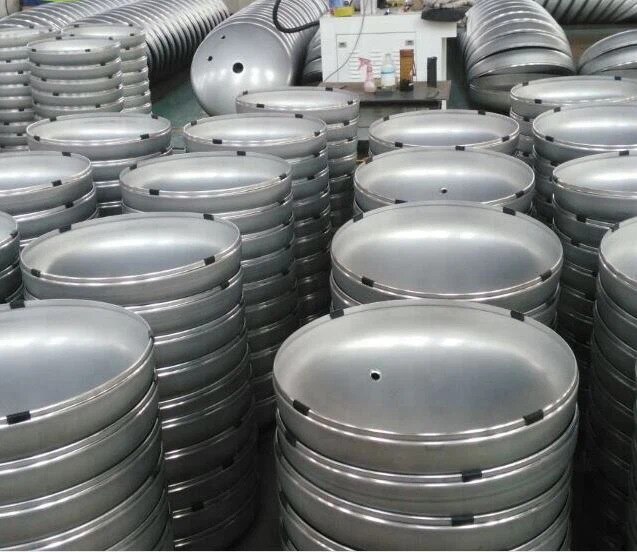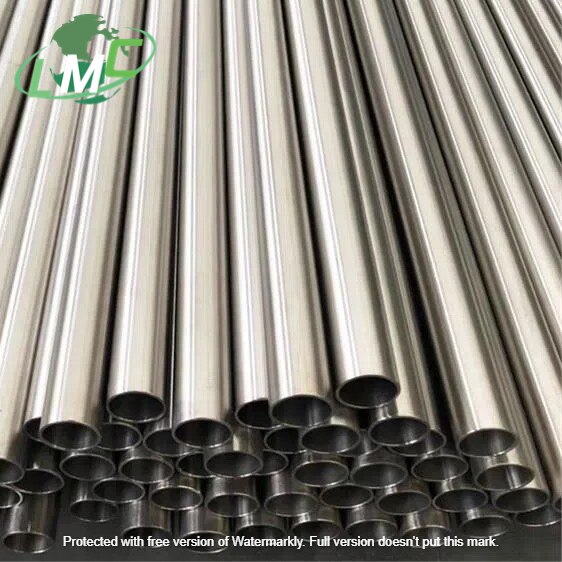Ladhani Metal Corporation is a reliable manufacturer and exporter of DIN 2565 stainless steel flanges, crafted to provide secure, leak-proof connections in low-pressure piping systems. Compliant with DIN 2565 standards, these flanges are available in PN 6 pressure rating, making them ideal for threaded pipe connections in systems that do not require welding. These stainless steel threaded flanges are particularly suited for environments requiring resistance to corrosion, cleanliness, and easy maintenance. They are widely used in water supply lines, food processing, chemical plants, marine systems, and other industrial applications. Flange Types: • Threaded (Screwed) Flanges: Designed to connect to pipes without welding by using internal threads. • Raised Face (RF) Flanges: Feature a slightly elevated sealing surface to improve gasket compression and prevent leakage. • Flat Face (FF) Flanges: Have a flat sealing surface, typically used with flat gaskets and in low-pressure systems. • Forged Threaded Flanges: Manufactured through forging for enhanced strength and structural integrity in threaded connections. • Custom-Machined Threaded Flanges: Tailored to specific dimensions or threading requirements for specialized piping setups. Available Grades and Chemical Composition: Stainless Steel 304 (UNS S30400) Carbon (C): ≤ 0.08% Manganese (Mn): ≤ 2.00% Silicon (Si): ≤ 1.00% Phosphorus (P): ≤ 0.045% Sulfur (S): ≤ 0.030% Chromium (Cr): 18.0 – 20.0% Nickel (Ni): 8.0 – 10.5% Applications: Ideal for general use in water, air, and non-aggressive environments. Stainless Steel 316 (UNS S31600) Carbon (C): ≤ 0.08% Manganese (Mn): ≤ 2.00% Silicon (Si): ≤ 1.00% Phosphorus (P): ≤ 0.045% Sulfur (S): ≤ 0.030% Chromium (Cr): 16.0 – 18.0% Nickel (Ni): 10.0 – 14.0% Molybdenum (Mo): 2.0 – 3.0% Applications: Suitable for harsh, corrosive environments such as marine, chemical, and industrial processing systems. Stainless Steel 321 (UNS S32100) Carbon (C): ≤ 0.08% Manganese (Mn): ≤ 2.00% Silicon (Si): ≤ 1.00% Phosphorus (P): ≤ 0.045% Sulfur (S): ≤ 0.030% Chromium (Cr): 17.0 – 19.0% Nickel (Ni): 9.0 – 12.0% Titanium (Ti): 5xC – 0.70% Applications: Commonly used in high-temperature applications like heat exchangers, pressure vessels, and exhaust systems. Applications: DIN 2565 stainless steel flanges with PN 6 rating are used in a variety of industries including: • Water Treatment & Distribution: Ideal for municipal water supply and wastewater systems due to their corrosion resistance and durability. • Chemical Processing: Suitable for systems where stainless steel is required to withstand aggressive chemicals. • Food & Beverage: Commonly found in sanitary pipelines, ensuring hygienic and clean connections. • Marine Industry: Used in piping systems for vessels, ensuring longevity and resistance to corrosion in saline environments. • Pharmaceuticals: Provides the necessary sanitary and non-reactive qualities required in pharmaceutical manufacturing environments. Key Features: • Manufactured according to DIN 2565 specifications. • Corrosion-resistant, ideal for a wide range of chemical and environmental conditions. • High strength and long-lasting performance in threaded piping systems. • Available in multiple grades, sizes, and pressure ratings, including PN 6, for diverse industrial applications. Conclusion: DIN 2565 stainless steel flanges from Ladhani Metal Corporation offer reliable, cost-effective, and durable solutions for various low-pressure piping systems. With options in trusted grades such as 304, 316, and 321, these flanges meet international standards for performance and reliability. Backed by precise manufacturing and rigorous quality checks, our stainless steel flanges ensure dependable performance across multiple industries. For more technical details, pricing, or bulk inquiries, feel free to contact Ladhani Metal Corporation.
Send Message
